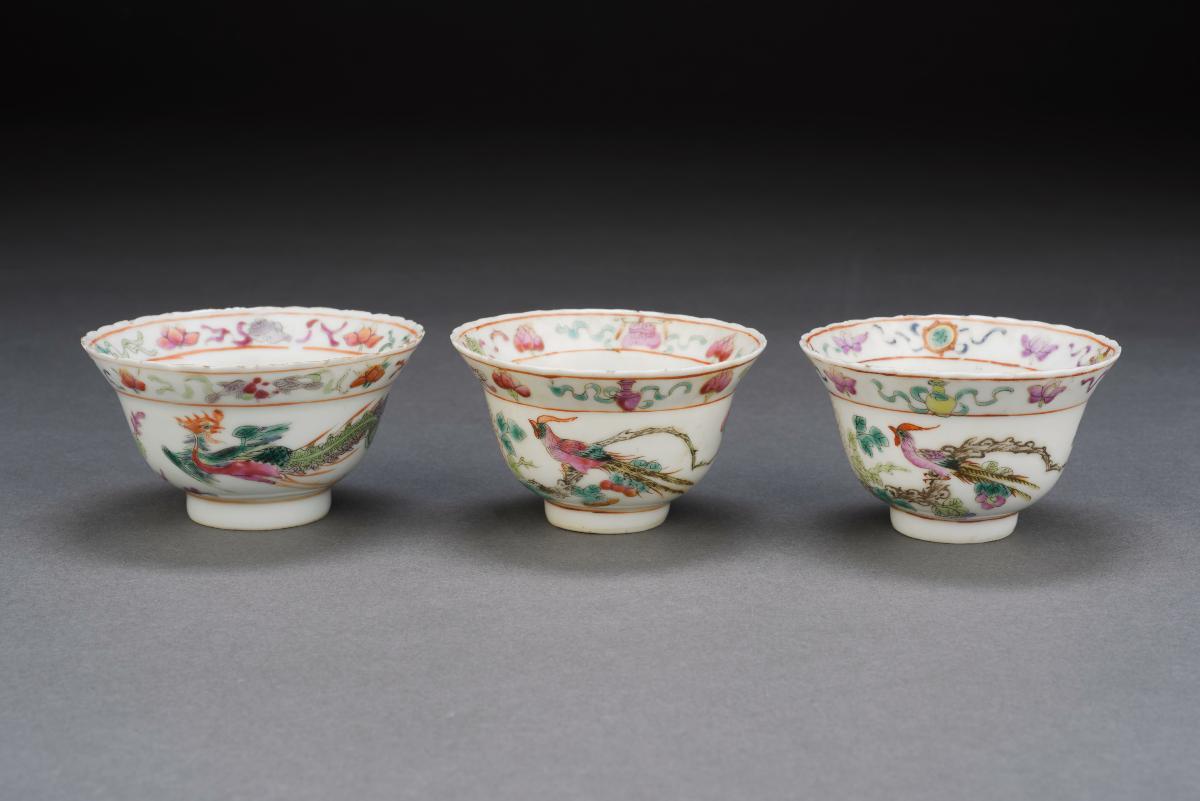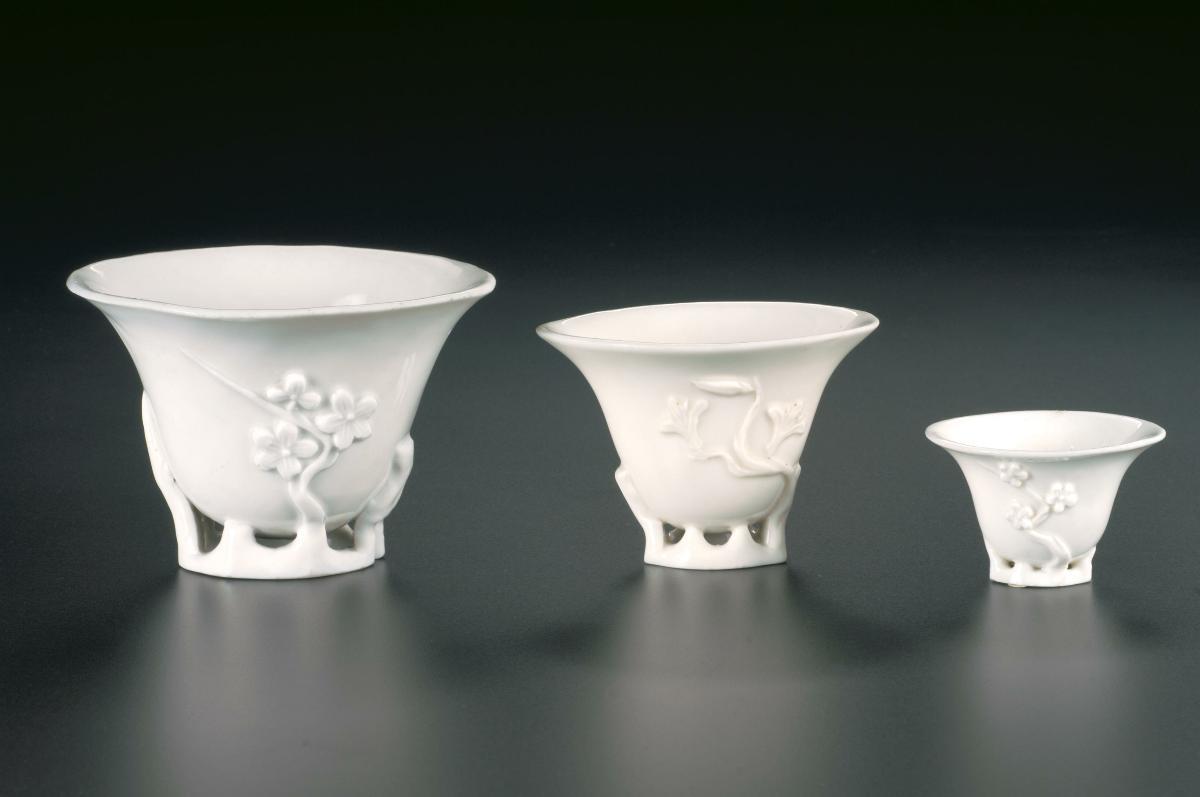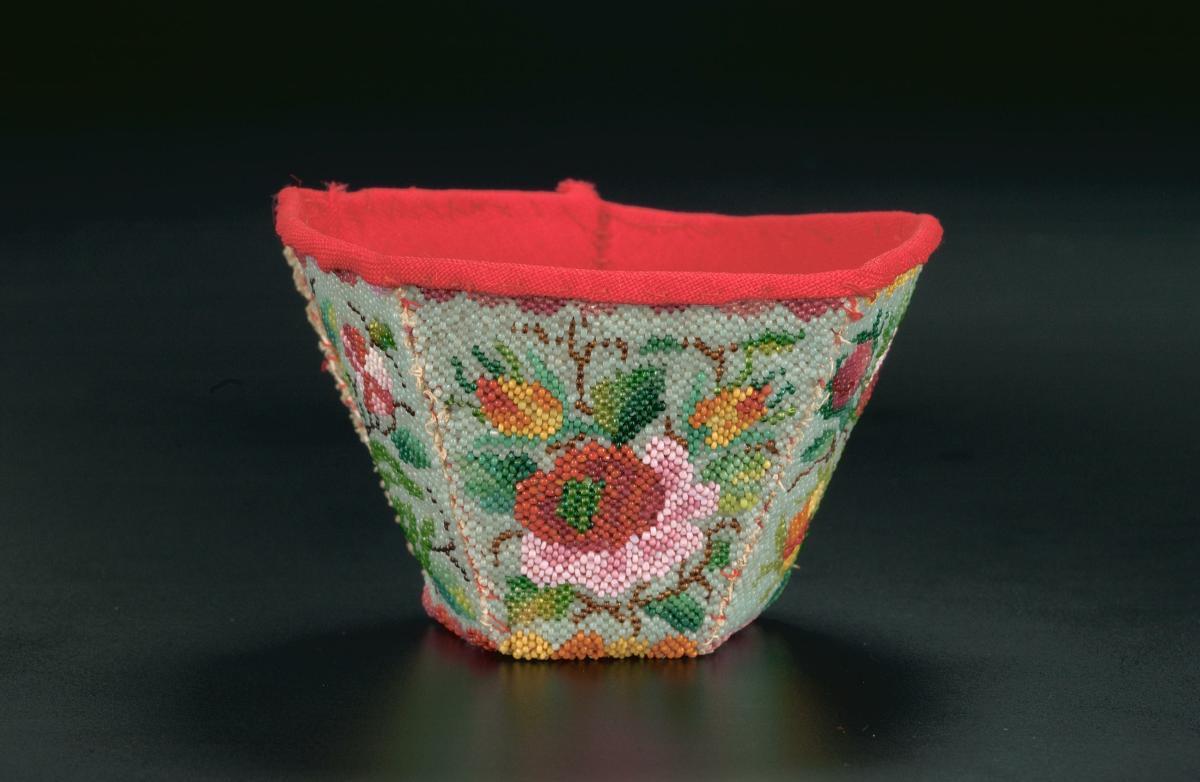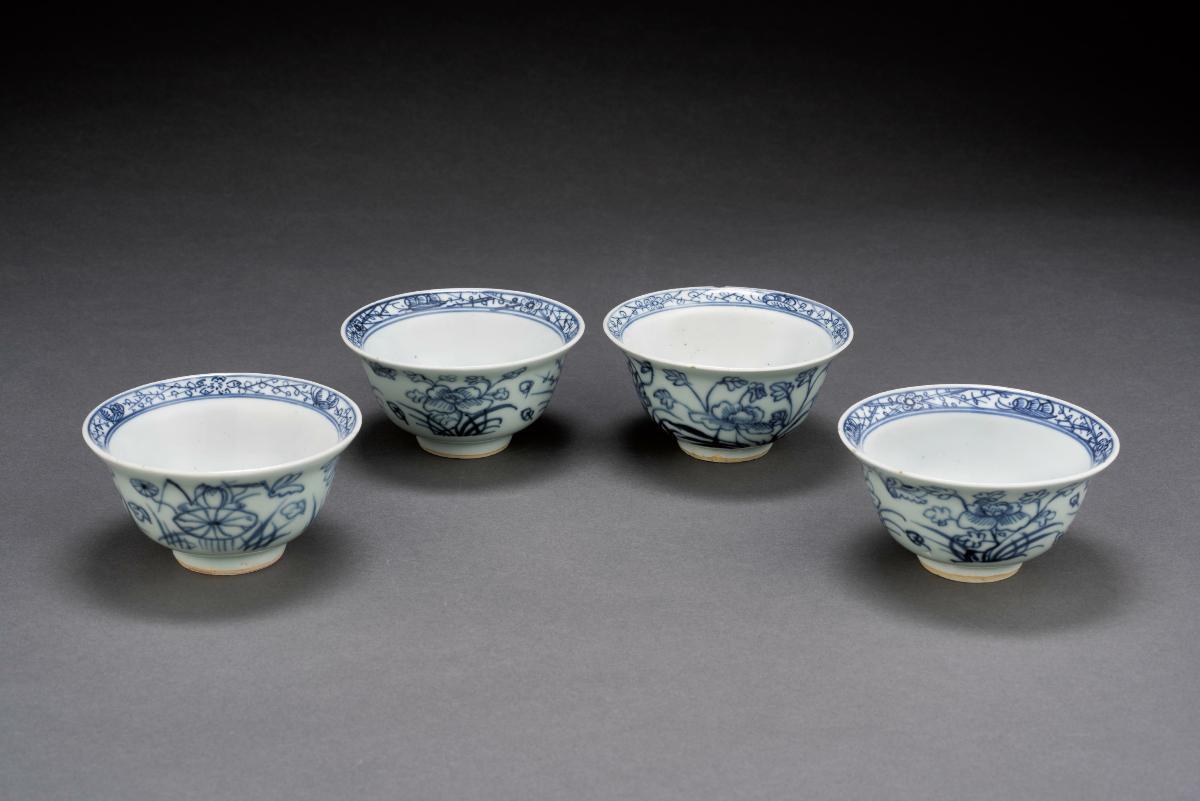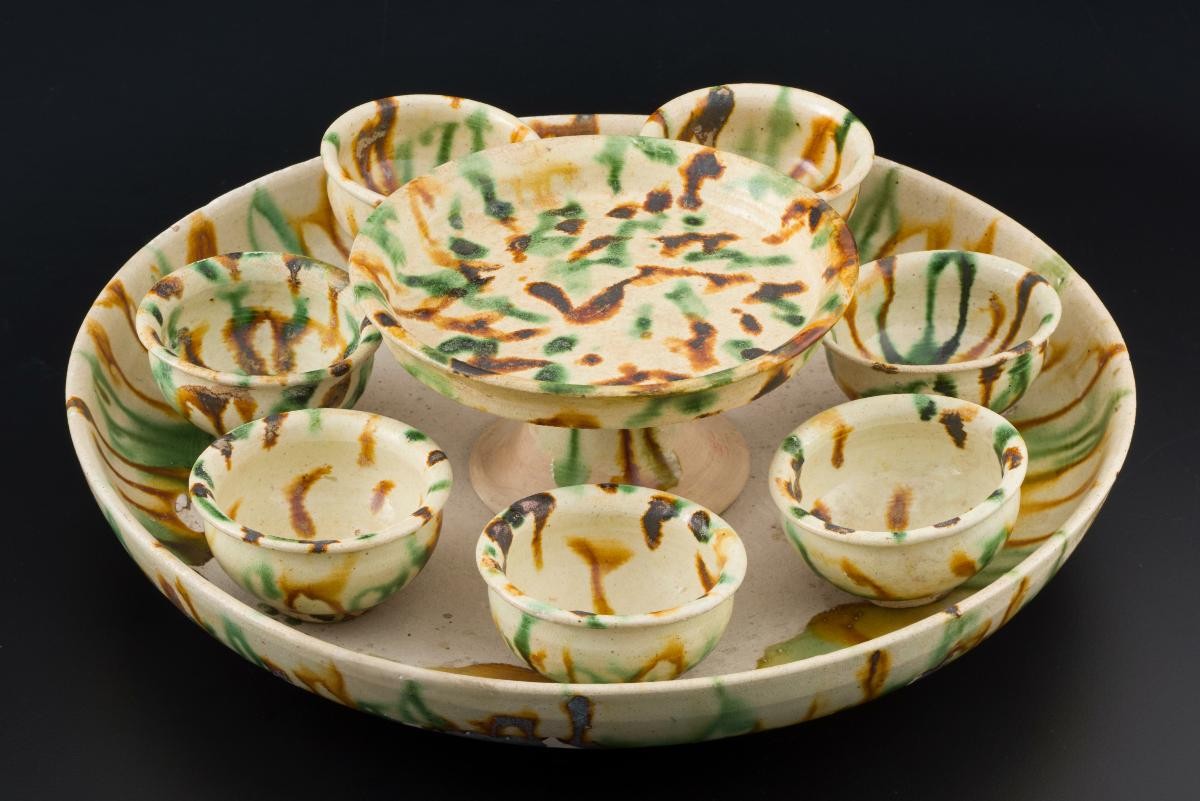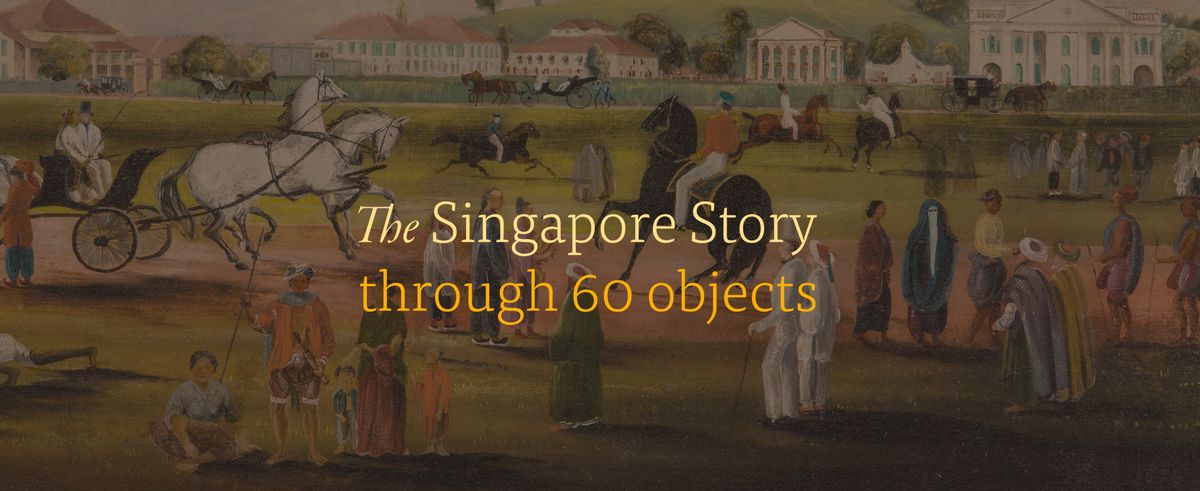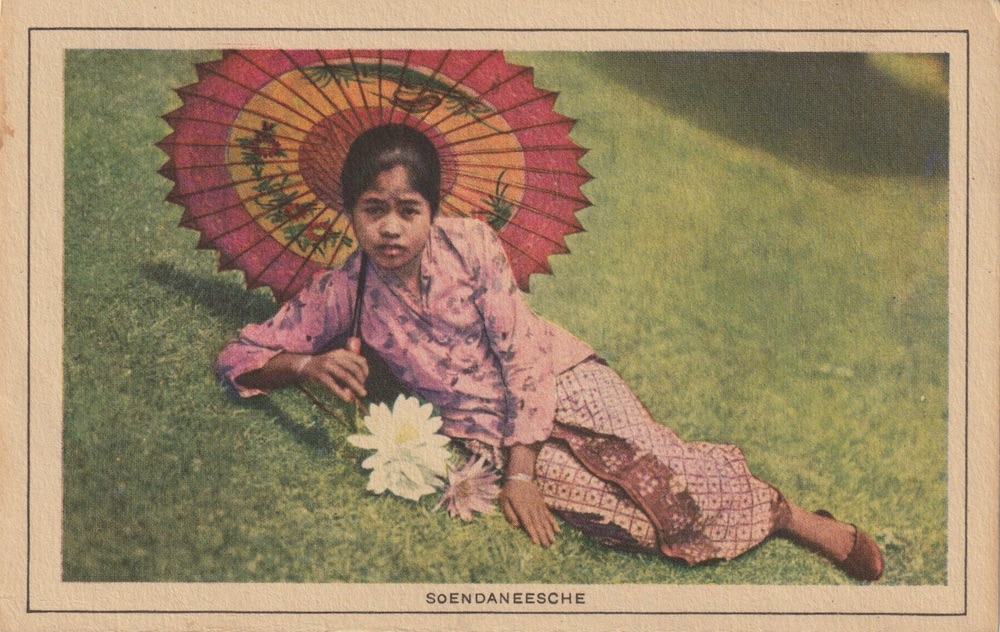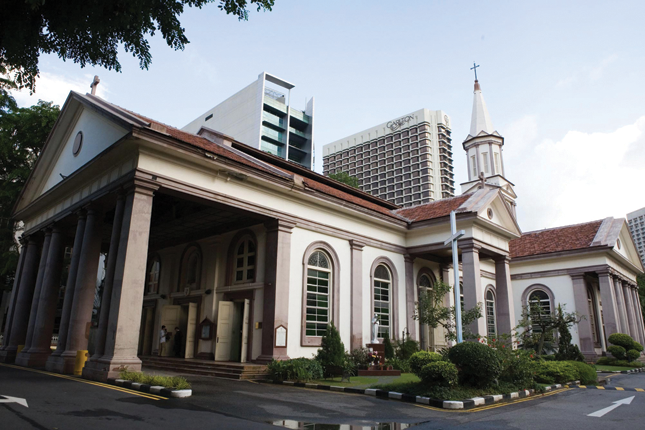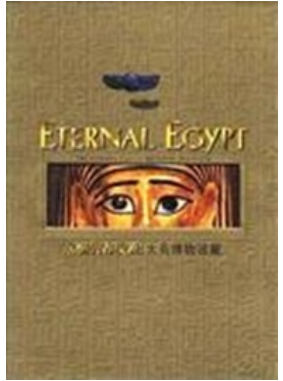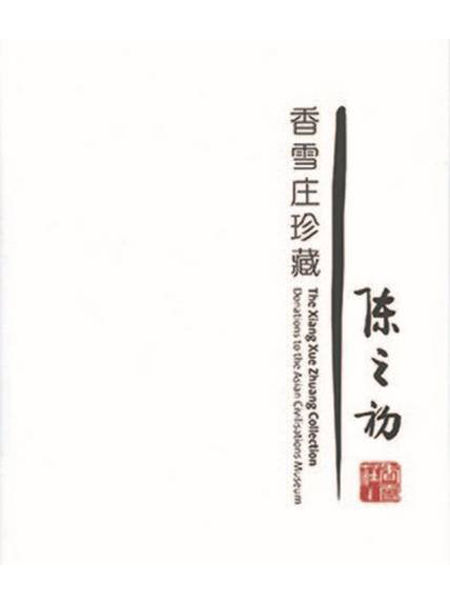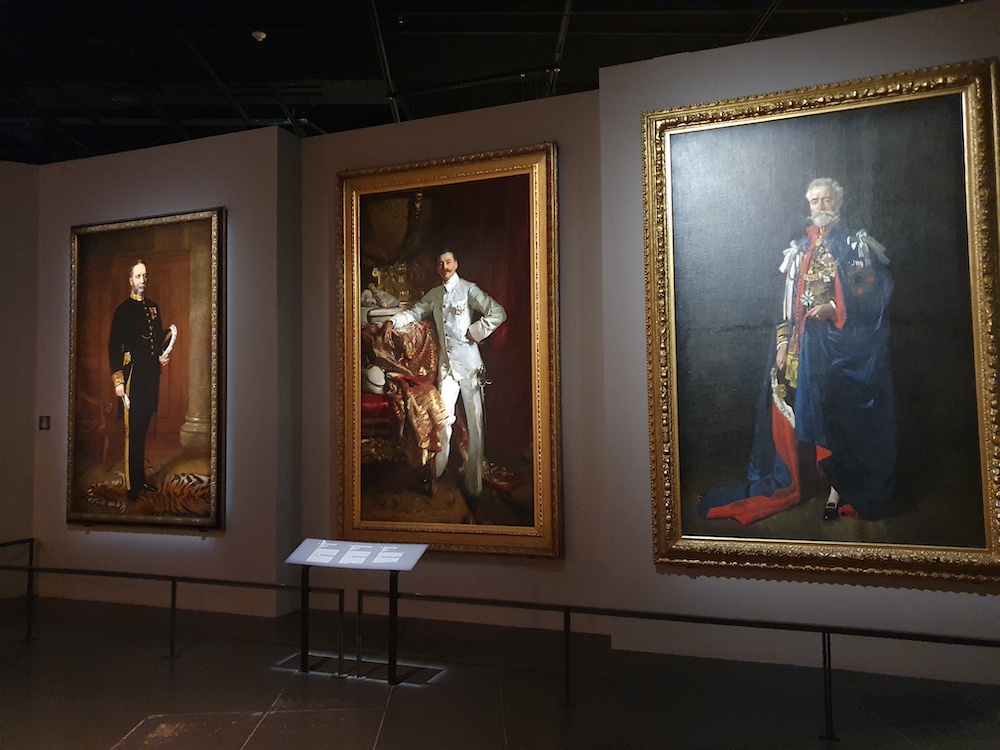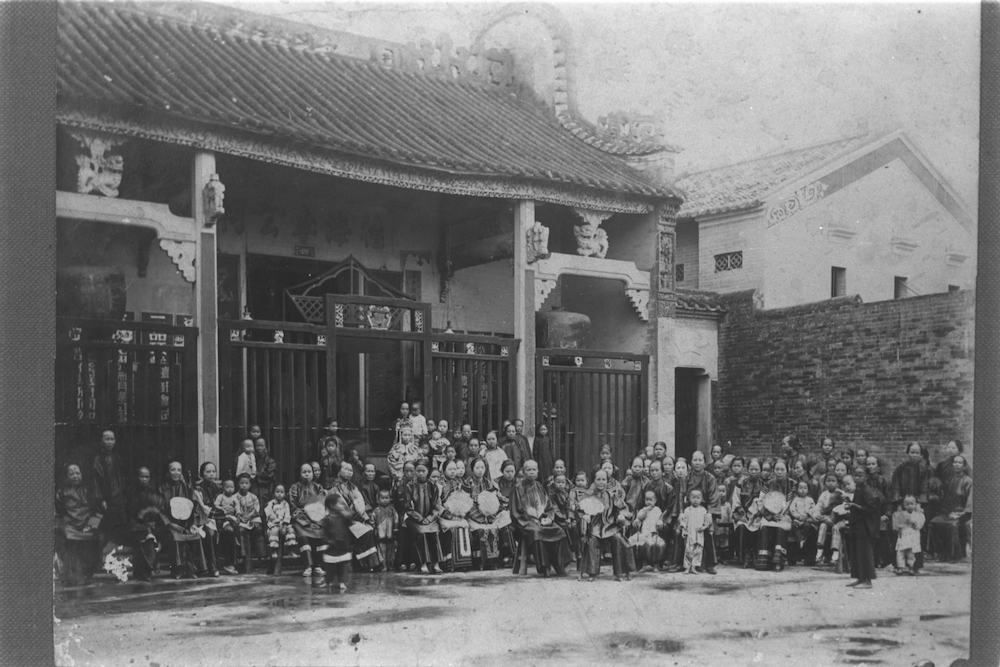The first cup is decorated with peonies and rocks and the rim is gilt and scalloped. Both the inner and external borders are decorated with the eight buddhist emblems. A peony sits in the inside of the cup. The base bears the mark of “Zhong Hua Min Guo” (中华民国).The second cup is decorated with phoenixes and peonies and the rim is gilt and scalloped. Both the inner and external borders are decorated with the eight buddhist emblems. A peony sits in the inside of the cup. The base bears the apocryphal reign mark of “Qianlong nian zhi” (乾隆年制).The third cup is decorated with phoenixes and peonies and the rim is gilt and scalloped. Both the inner and external borders are decorated with the eight buddhist emblems. A peony sits in the inside of the cup. The base bears the reign mark of “Tongzhi” (同治).Peranakan porcelain, or nyonyaware, are terms used to refer to a type of overglazed, polychrome, enamelled porcelain made in China (probably Jingdezhen) specifically to suit the taste of Peranakan Chinese communities in insular Southeast Asia (Singapore, Malaysia and Indonesia). It is recognised by its distinctive blend of bright, contrasting colours and elaborate designs, decorated with traditional Chinese auspicious and symbolic motifs. White ground pieces in particular formed part of a larger dining ware service.




